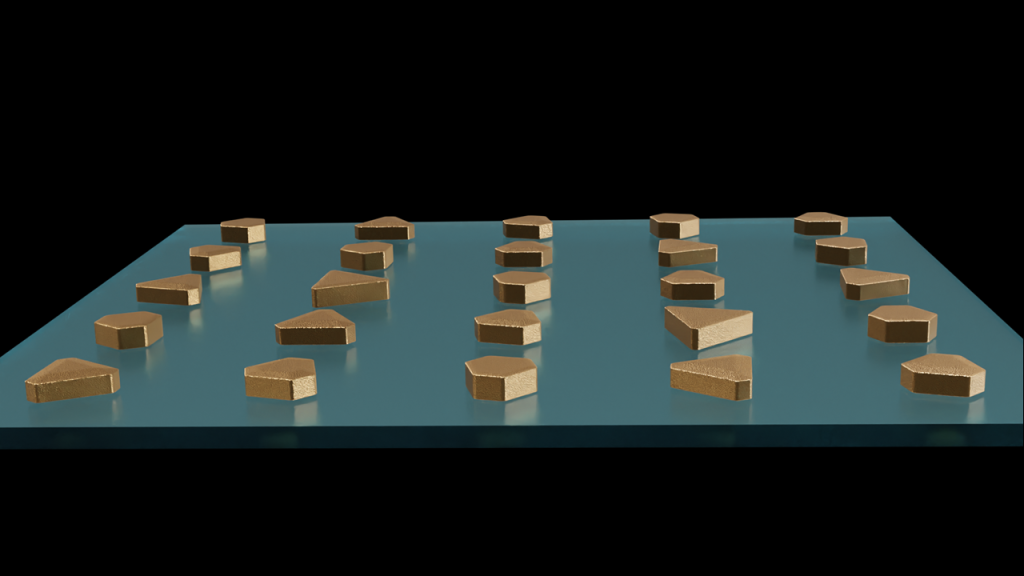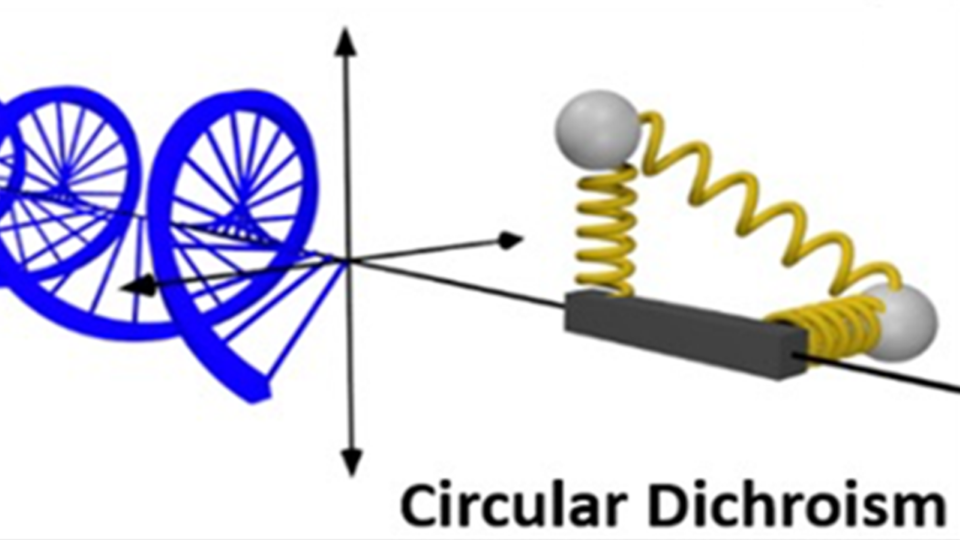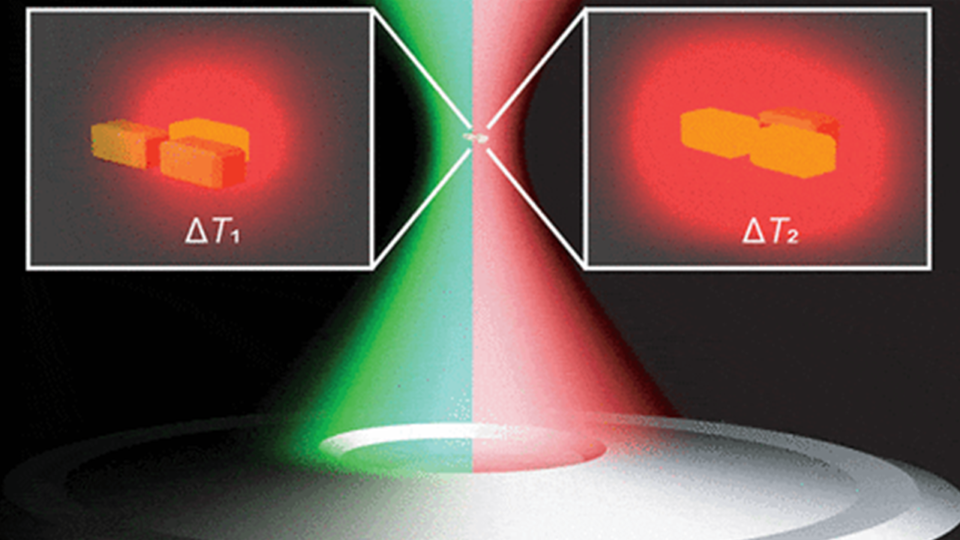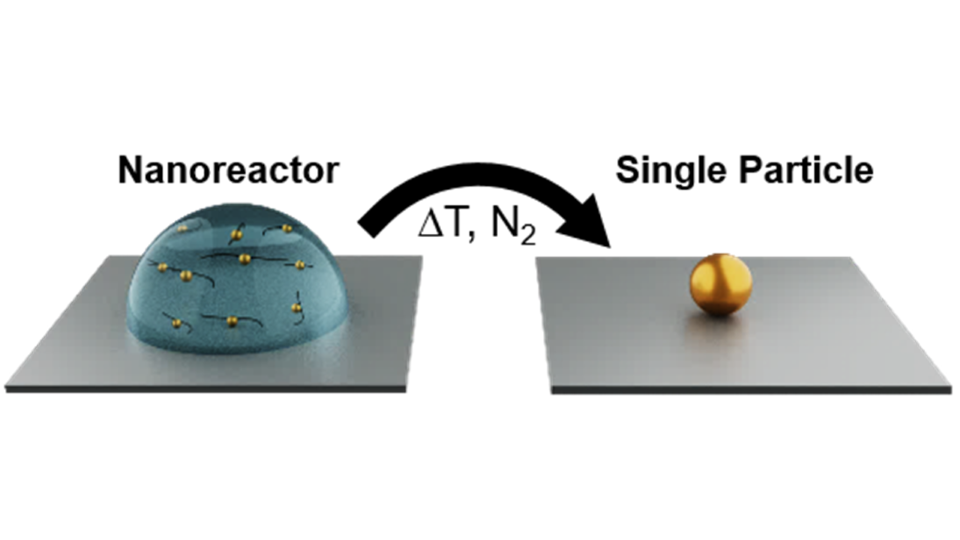
Building new photonic materials and devices with nanoparticle building blocks is a central goal in nanoscience. Using metallic nanoparticles that support collective excitations of conduction band electrons – surface plasmons – requires a detailed understanding of how the optical properties of the individual nanoparticles change as they are assembled into complex structures, including chemically prepared nanoparticles with inherent size and shape polydispersity.
To overcome this problem, the Link Research Group is developing novel single-particle spectroscopy techniques, which, when correlated with structural characterization of the same nanostructure and detailed electromagnetic modeling, allow us to characterize coupled plasmon modes in hybridized systems of various nanoparticle shapes, sizes, and materials, with emphasis on the following current topics: Optical dichroism, Nanoscale thermal control, and Nanoparticle arrays.

Optical dichroism
Optical Dichroism is the differential extinction by a material when interacting with differently polarized light.

Nanoscale thermal control
The ability to tune thermal gradients at the nanoscale has implications in a myriad of fields ranging from data storage to biomedicine.

Nanoparticle arrays
Coupling among localized surface plasmons can induce changes in their shape and energy as well as the emergence of new resonances.